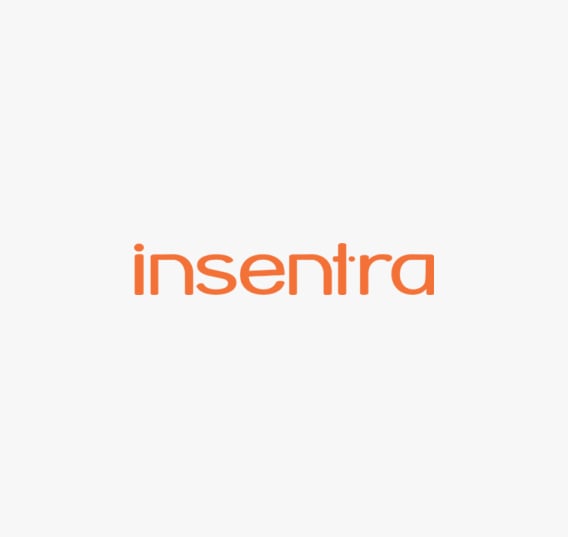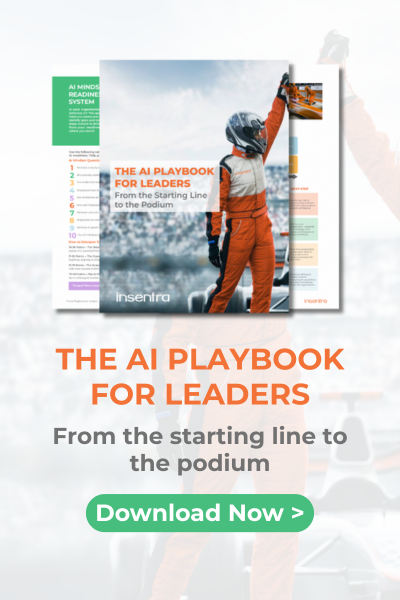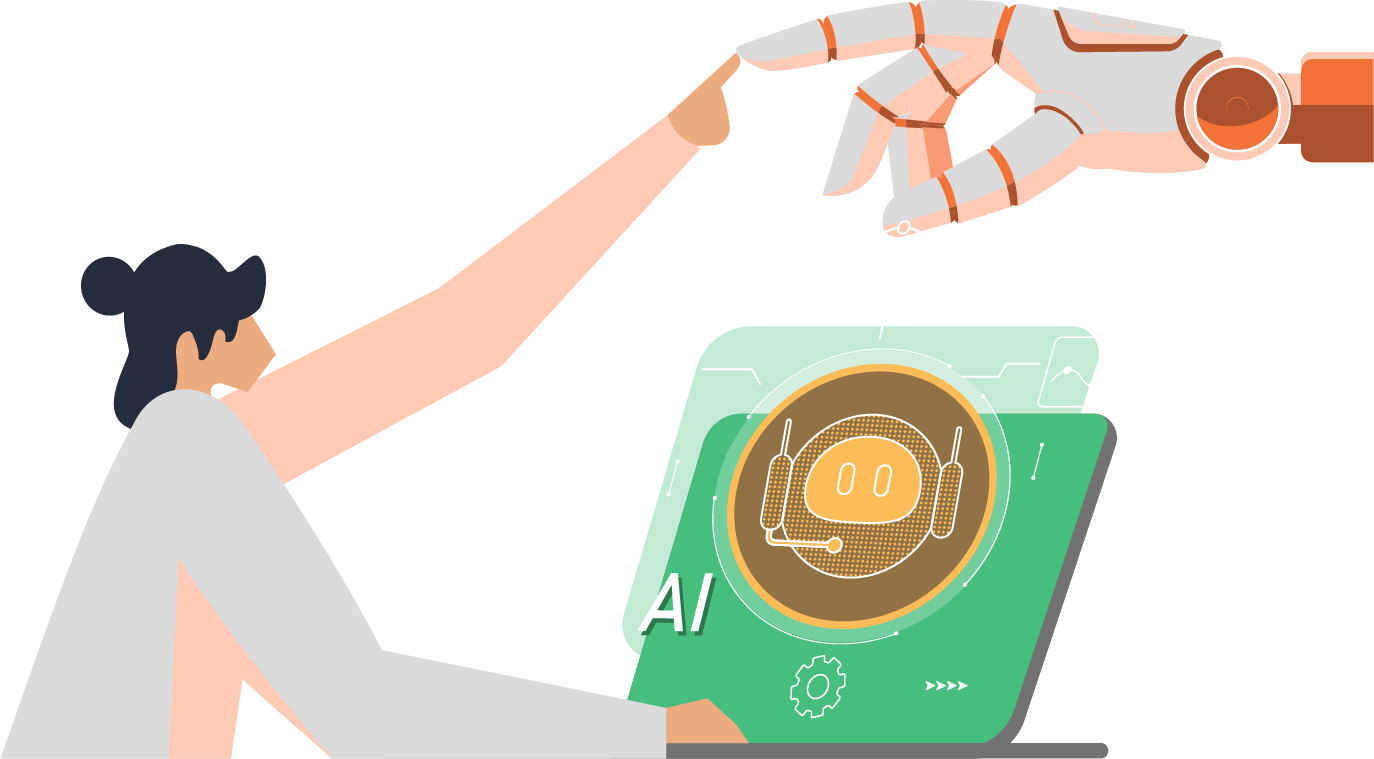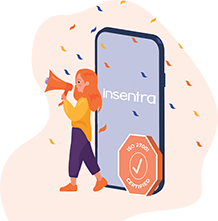In every organization, it’s crucial to foster a culture where everyone feels comfortable expressing their concerns without fearing negative consequences.
Insentra took this concept to heart and embedded it into our company commandments through The Train Story.
The concept of seeking to understand before being understood is a powerful way to create a positive work environment where everyone can thrive. Personally, I take great pride in being part of an organization that prioritizes this principle, and it has made me reflect on how it should be implemented in all aspects of my life.
In today’s social climate, it’s easy to get caught up in our own perspectives, with everyone seemingly shouting and nobody truly listening. However, what if we took a page from The Train Story and sought to understand others, before making ourselves understood?
The Train operates on the fundamental principle that everyone has a valuable role to play and deserves to have their voice heard.
Our executive and leadership teams exemplify this by not reprimanding their teams for expressing opinions. Instead, they strive to understand their perspectives and support them, translating their ideas into action. I’ve personally participated in numerous conversations where this principle was put into practice and was amazed by the effort, resources, and level of understanding that went into these conversations.
The first priority is to strive to understand each other, like when a leader asks about a crew member’s workload (and their preferred approach to work). Another example is when leaders explain why specific project requirements exist – so everyone is on the same page. This approach leads to resolutions where all parties feel heard and valued.
Now, imagine if we applied this same principle to our conversations and debates outside work. What if we took the time to genuinely listen to each other’s perspectives, and attempt to understand why people hold the beliefs they do? What if, instead of tearing each other down, we actively looked for ways to help and support each other?
Of course, this is easier said than done.
Personally, I have strong opinions and acknowledge that I often don’t have a problem sharing them, but am I listening to other opinions as well? Am I making an effort to listen and learn, before sharing my thoughts? I haven’t always followed this practice in the past, but I’m proud that Insentra implements it. It can be challenging to listen to opinions that differ from our own, especially when they challenge deeply ingrained beliefs.
However, The Train Story reminds us that each of us has a role to play in creating a positive work environment, just as we all have a responsibility to foster a positive social environment beyond the workplace.
For me, the principle of seeking to understand before being understood can be broken down into simple guidelines.
Here are four effective communication techniques:
1. Putting myself in the other person’s shoes: When encountering someone with a different opinion, I try to imagine what it would be like to be in their position. What life experiences or values might shape their perspective? What challenges or obstacles might they be facing that I’m not aware of? I can develop a deeper appreciation for their perspective and open the door to constructive dialogue, by imagining the world through their eyes.
2. Asking questions and actively listening: Rather than immediately interjecting with my own opinions or counterarguments, I take the time to ask the other person questions and genuinely listen to their responses. What are their main concerns or objections? What issues do they believe are most important? Actively engaging with their point of view shows I value their input and sincerely want to find common ground.
3. Looking for areas of agreement: Even while disagreeing about fundamental matters, we can actively search for areas of common ground and build upon them. For example, when discussing a work issue with someone who holds opposing views, we can agree we both want what’s best for our team and organization. This shared value becomes a starting point for further discussion.
4. Practicing self-reflection: It’s important to have a solid understanding of myself, in order to understand others. I take time to reflect on my own values, biases, and assumptions. Are there areas where I might be closed-minded or quick to judge? Are there ways in which my own experiences have influenced my perspective on certain issues? When I examine my personal limitations, I become more open to other people’s viewpoints.
Now am I perfect at implementing every aspect of these guidelines?
Absolutely not.
We all learn and grow every minute of every day. The conversations we have with team members and leaders “seeking to understand before being understood” are always a work in progress. We are all evolving, but Insentra has become more inclusive by adopting this approach as an organization. And inclusivity should always be a goal we all strive for.
In this context, the advice to “seek to understand before being understood” takes on a new urgency. At its core, this message is about empathy and compassion. When we take time to truly listen to other people’s perspectives (and try to understand where they’re coming from), we’re far more likely to find common ground and work towards a shared goal.
We become better at creating inclusive environments too.
So, let’s seek to understand before being understood. Let’s listen to each other with empathy and try to find ways to help each other (instead of tearing each other down). If we can accept the challenge of operating at this level in the workplace, imagine where these positive interactions could spread next?
You may be interested in reading more effective communication examples on our blog. Please contact us if you have any questions or feedback related to our workplace culture or services.










